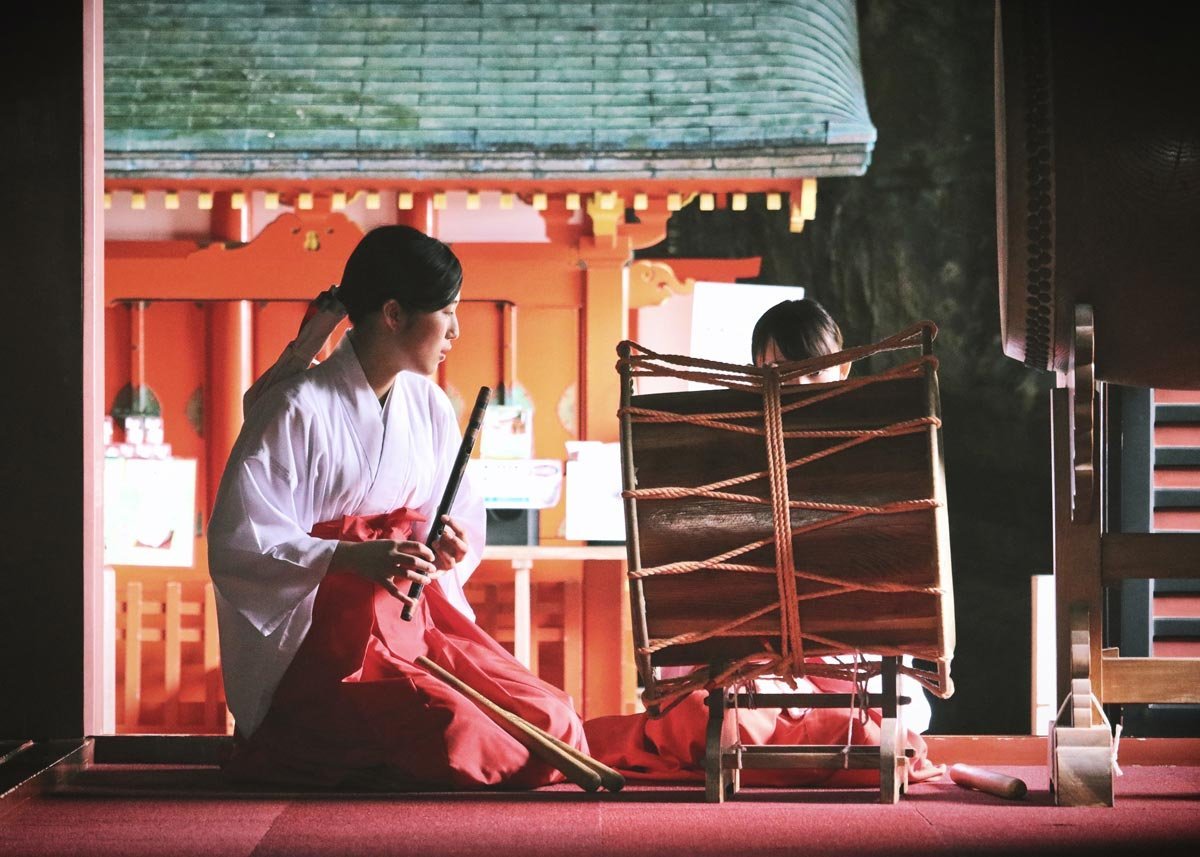Traditional Japanese music holds deep cultural significance. Even with modern influences, Japan has found ways to preserve these ancient sounds. Through careful preservation efforts, traditional music remains a vital part of the country’s identity. In this article, we explore how traditional Japanese music continues to thrive in modern times.
Cultural Education and Festivals
One of the most important ways to preserve traditional Japanese music is through education. Schools and cultural institutions teach young people about ancient musical forms like gagaku and noh. These ancient styles, known for their slow, graceful rhythms, are taught as part of Japan’s cultural heritage.
Furthermore, festivals play a key role in keeping traditional music alive. Events like the Gion Matsuri in Kyoto feature performances of traditional instruments, such as the taiko drum and shamisen. These festivals draw large crowds, both local and international, helping to spread awareness about traditional music.
The Role of Master Musicians
Traditional Japanese music also survives thanks to master musicians. These artists dedicate their lives to perfecting ancient instruments like the koto and biwa. Master musicians often pass down their knowledge through apprenticeships. In this way, the art of traditional music is passed from one generation to the next.
Moreover, many of these musicians perform at cultural events and concert halls, keeping the music relevant to modern audiences. Their dedication ensures that traditional sounds remain a part of Japan’s cultural landscape.
Preservation Through Technology
Technology has become a powerful tool in preserving traditional Japanese music. Recordings of performances are easily shared online, reaching audiences worldwide. Platforms like YouTube and music streaming services offer listeners access to traditional sounds, even if they live far from Japan.
In addition, digital archives have been created to store rare recordings of ancient performances. This ensures that future generations will have access to traditional music. Technology not only makes preservation easier but also spreads awareness of these cultural treasures.
Enjoy Creative Breaks Online
After exploring the latest in music and audio projects, users can relax and have fun with stellarspins Homepage, offering an engaging and interactive online experience.
Collaboration with Modern Music
Another way traditional Japanese music stays relevant is through collaborations with modern music. Contemporary artists often blend traditional instruments with modern sounds, creating a unique fusion. This allows younger audiences to experience traditional music in a new, exciting way.
For example, Japanese pop and rock artists sometimes incorporate instruments like the shakuhachi flute into their songs. This fusion of old and new keeps traditional sounds alive in a rapidly changing world. Collaborations also introduce traditional music to fans of modern genres, expanding its reach.
Government and Cultural Support
Government support plays a significant role in preserving traditional Japanese music. Cultural agencies provide funding for preservation projects, festivals, and educational programs. These efforts help ensure that traditional music receives the attention and resources it needs to survive.
Additionally, national treasures such as ancient instruments are carefully maintained by cultural organizations. Museums and cultural centers also offer exhibits on traditional Japanese music, allowing visitors to learn more about the country’s musical history.

The Impact of Global Interest
Finally, the global interest in Japanese culture has boosted efforts to preserve traditional music. As Japanese culture gains popularity worldwide, many international enthusiasts seek to learn about its ancient musical forms. This has led to an increase in demand for traditional music performances and lessons, both in Japan and abroad.
The growing global audience ensures that traditional Japanese music remains relevant in the modern era. International festivals featuring Japanese music attract tourists from all over the world, helping to promote and preserve this cultural heritage.
Music, Creativity, and Interactive Entertainment
Moosic Lab celebrates music innovation, offering artists and listeners a platform to explore new sounds and creative expressions. Similarly, jackpotjillvip Homepage provides an engaging online space where users can enjoy interactive entertainment experiences. Both platforms focus on creativity, engagement, and delivering memorable experiences to their audiences. Whether discovering music or digital games, the goal is to inspire and captivate users through immersive experiences.
Conclusion: Tradition Meets Modernity
Traditional Japanese music has not been lost in the modern world. Through education, festivals, technology, and collaborations with modern music, Japan continues to preserve these ancient sounds. With support from master musicians, cultural institutions, and global fans, traditional Japanese music remains an important part of Japan’s cultural identity.
The ongoing efforts to preserve traditional music highlight Japan’s commitment to honoring its cultural roots. As the world becomes more connected, traditional Japanese music will continue to influence and inspire listeners worldwide.











